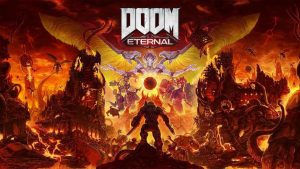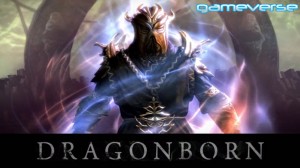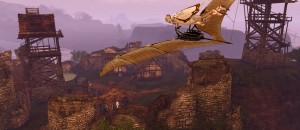With the mediocrity of the first Nintendo Direct since 2019, it seems Nintendo is doubling down on the limited effort to make the most of its immensely popular console. The Nintendo Switch has sold nearly 80 million units and, despite having hardware nowhere near its competitors, it continues to be a difficult device to find in stores. The creation of the Nintendo Switch Lite augmented that slightly, even though the handheld version doesn’t seem as popular as the original with its existing handheld capabilities.
However, this success makes Nintendo’s minimal effort in improving the experience of the Switch seem even more ridiculous. In the nearly four years the console has been available, only basic improvements to the platform have been introduced, and often those are lackluster at best. For instance, the ability to copy screenshots and videos (which were also somehow a post-launch addition) was added late last year but is clunky at best. It involves scanning multiple QR codes, opening the image or video in a browser on your phone via an IP address through a wireless connection, and then saving it.
Of course, the media you create with the Switch isn’t exactly museum quality. Even though many games run at 1080p, all screenshots and videos are recorded at a compressed 720p. This can be, in part, associated with the limited power of the device, but it’s still a disappointment for someone like me who wants to edit and post them. Limited power is an issue that I think many have hoped would be addressed via a “Switch Pro” that has been rumored, but never confirmed.
The issues run deeper than something as isolated as media capture though. Online functionality has been a rough spot for Nintendo for as long as they’ve attempted it. Even though they’ve moved away from the annoyance of “friend codes,” the quality of the online experience is subpar. Despite moving to a paid online system, most Switch games still rely on peer-to-peer connections rather than having any dedicated servers. That means quality is heavily reliant on individual connections and bandwidth capabilities and it makes the experience worse for everyone.
Nintendo’s biggest problem with the Switch has been the drift problems on the joy cons. While I haven’t personally experienced this (yet) it is most likely because I use the pro controller as much as possible. The class-action lawsuit about this issue is a sign of how widespread it has become. The effort to create a slim portable control method for the unique design of the Switch has marred their successful history of unconventional-but-functional controller designs.
It’s also odd that, over the years, few cosmetic improvements to the Switch UI have taken place. There has been an option to set “themes” from launch, but no themes exist. These were a prominent and enjoyable feature for the Nintendo DS collection. The store on the device has also taken some time to even come to a baseline level of quality, but it’s still difficult to discover new games within it. Then, of course, there’s the fact that there’s no music for the store or any other part of the Switch. While that may only be a problem as a matter of personal preference, the Wii’s music in these areas is nothing short of iconic.
Yet, I see one of Nintendo’s biggest areas of neglect being the limited first-party titles. The Wii launched out of the gate with Wii Sports and it proved to be a universal system seller. It came with the console and was a perfect way to demonstrate the functionality of the controls. The closest comparable thing on the Switch was 1-2-Switch which was wildly overpriced and sparse in content. By this point in the lifetime of the Wii, we also had a second mainline Mario game, were on our way to a second Zelda game, and had Metroid Prime 3 and the whole collection ported to the console. The limited first-party releases for the Switch are split between new releases and re-releases. This includes the upcoming The Legend of Zelda: Skyward Sword, which is a fairly poor showing for the 35th anniversary of that franchise. Also, how it wasn’t Wind Waker HD is beyond my comprehension.
I’m not sure why Nintendo is investing so little effort in pushing the Nintendo Switch’s capabilities. It may be as simple as looking at the fact that they’re still selling out without that effort. However, with the lull in notable games, people are starting to notice the blemishes. The Switch has succeeded on the backs of some great games and being a platform that embraced some wonderful indie experiences. Yet, if Nintendo wants it to be the next ubiquitous evergreen Wii, it needs to catch up and address as much of this as possible. Even if that means releasing a “Switch Pro.”




